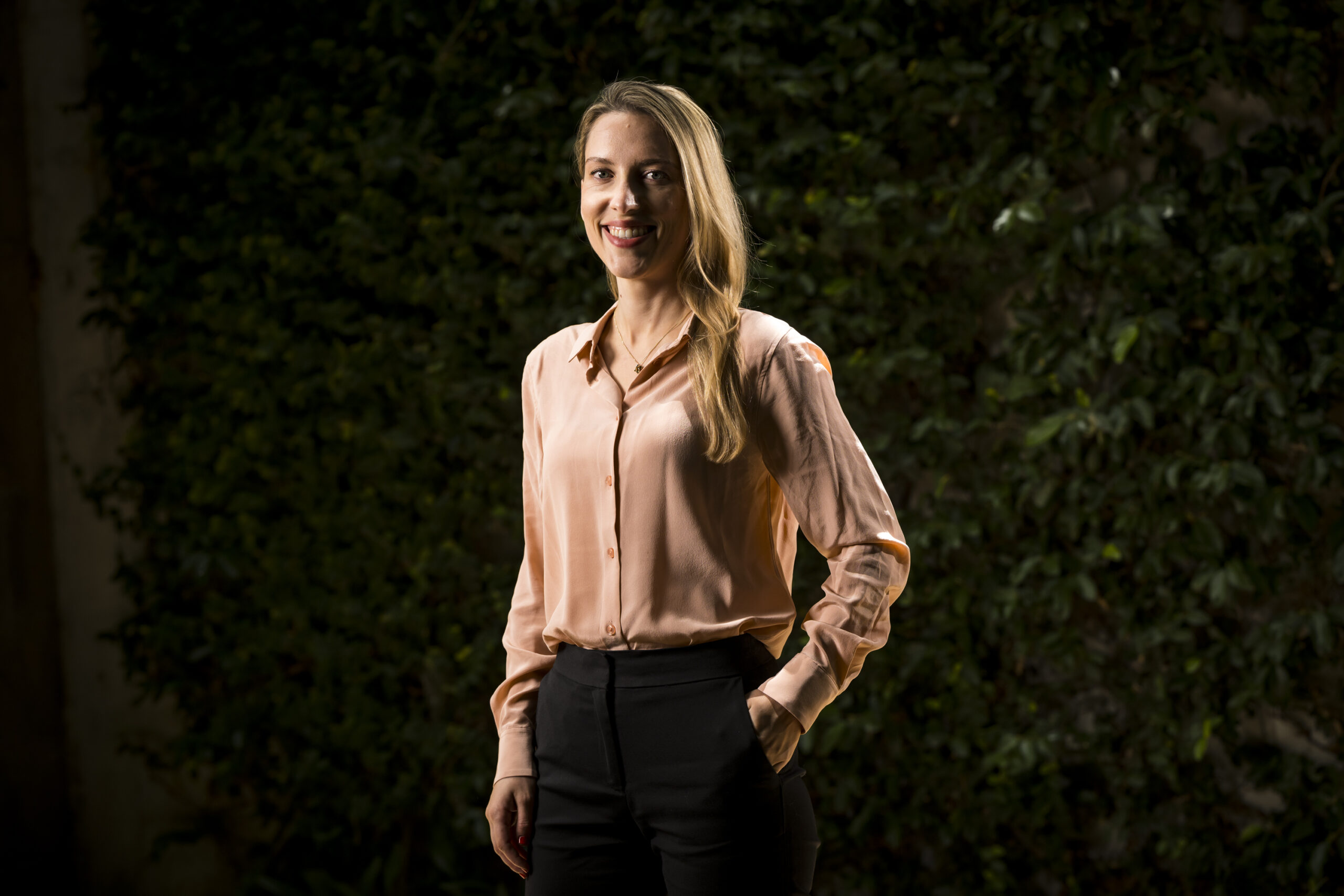Meet Dr Anna Balabanski
Dr Anna Balabanski is a senior research fellow with the Australian Stroke Alliance. As a neurologist around town, Anna travels on the Melbourne mobile stroke unit and consults with the Victorian Stroke Telehealth Network, the Alfred, and the Royal Melbourne hospitals. Here, we find out about Anna’s career and her quest to broaden her expertise, from clinical practice to the development of medtech.

Anna, tell us about your work in Central Australia and the chase for novel brain scanning.
I conduct neurology clinics with my close colleague, Dr Angela Dos Santos, in Alice Springs. We’ve been working together with the medical and allied health teams at Alice Springs Hospital to continue to develop stroke services in Central Australia.
As well, I’m responsible for providing clinical input across the major research activities of the Stroke Alliance’s mission. I’m working closely with one of our commercial technology partners, Micro-X. This Adelaide-based company is developing a novel lightweight CT device to scan the brains of patients who are having a stroke. I’m working with the teams from the alliance and Micro-X to establish a technical and clinical validation program for this novel brain imaging technology to ensure it can effectively assess for signs of stroke in the field, before transporting a patient to hospital – anywhere in Australia.
What does an average day look like?
My role is quite varied! I spend time meeting with Micro-X, our other technology partners and stakeholders as, together, we work to develop these new brain imaging technologies for stroke. I work closely with the alliance’s co-chairs,
Professors Stephen Davis and Geoffrey Donnan, and my co-fellow, Angela. I’m constantly challenged to learn new things, including the engineering process and how this new technology will be integrated into our clinical workflow. It’s been a steep learning curve, and I’m enjoying the challenge!
And the most exciting part of your work?
Being able to work together within a multidisciplinary team to achieve this incredible shared vision to revolutionise stroke care in Australia is so satisfying. This project is particularly significant for me as one of my biggest sources of motivation is finding a way to provide stroke care to people across Australia, no matter where they happen to be. This is so important for people living in rural and remote Australia, who typically experience poorer outcomes from stroke with reduced access to acute stroke care. Being able to work together with such a remarkable team to achieve the solution – what could be more inspiring?
Why is the focus that the Alliance is placing on remote and Indigenous communities important? Why is it important to you?
For me, this is one of the most important aspects of this project. Indigenous health has been the focus of both my academic career, including my PhD, and also my clinical work at Alice Springs Hospital. During my time working as a junior doctor in Alice Springs seven years ago, it troubled me to see people my age at the time – in their twenties – affected by stroke, and it set me on the path to doing something about it. Stroke disproportionately affects First Nations Australians, and this is particularly apparent in younger adults.
These communities deserve the highest standard of care, and previous efforts to improve health outcomes haven't always been made in culturally safe ways.
Through the newly developed Darak, the alliance is working in partnership with First Nations Australians to overcome these inequities and to create space for Indigenous strengths-based solutions and capacity building to improve stroke care and outcomes.
What are you most looking forward to over the next few years of this project?
I’m very excited to see what the team can achieve over the coming years. I’m most looking forward to trialling and refining the new imaging technologies in ambulances on the road and in the air. Taking the brain scanner to the patient will have such a huge impact on the way we deliver stroke care – it is truly a world first.
For anyone considering pursuing a similar career, what advice would you give them?
My advice would be to reflect on what truly inspires and motivates you, and to spend time with people who share this vision – ideally a mentor who is willing to help you find opportunities that will challenge you to help you grow. Be receptive to new openings – this includes being willing to embrace experiences that you hadn’t necessarily anticipated or planned for. As a neurologist, I am so grateful to be able to look after patients, as well as contribute to a research program that has such potential to improve many lives.